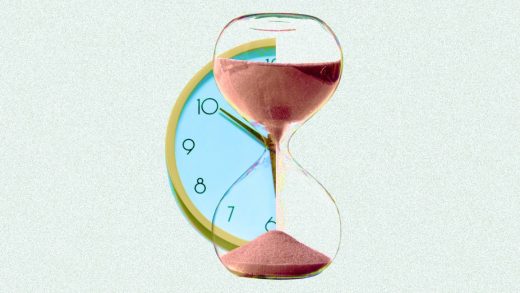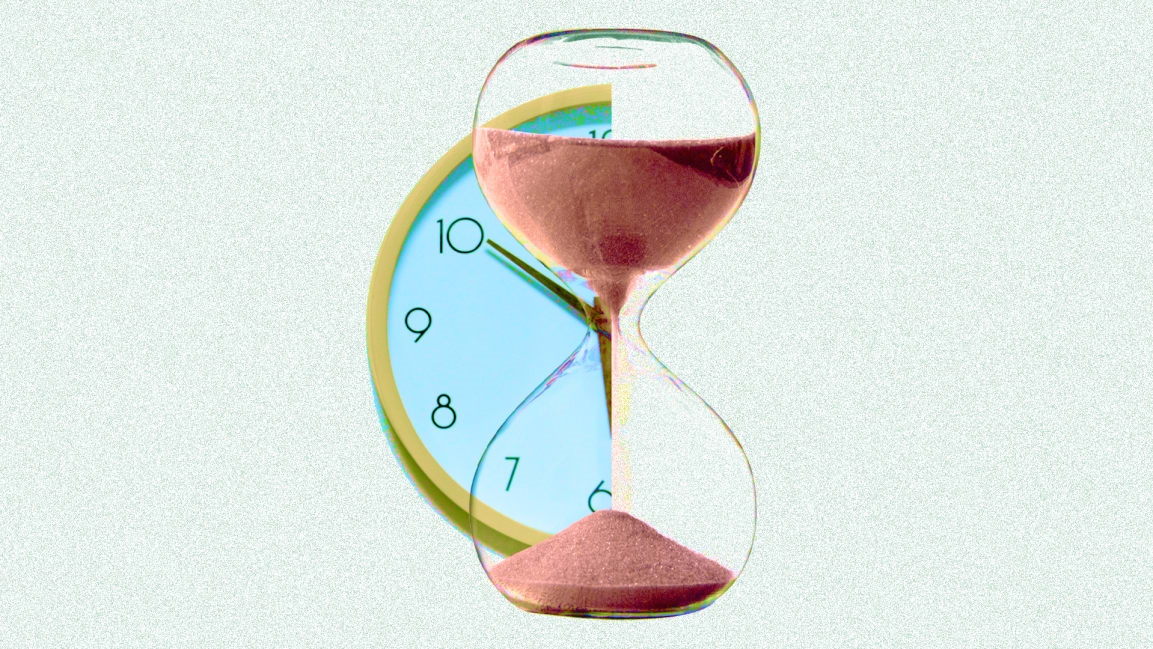Leaders are thinking about hybrid work in a one-dimensional way. This is a better approach
There seem to be conflicting answers. On the one hand, NPR recently reported that unemployment is down and job growth is up. In addition, earlier this year the Federal Reserve forecasted rampant economic growth, while Forrester predicted 6% growth in business and government spending on tech goods, software, services, and staff in 2021 (and 6.5% growth in 2022). From this perspective, work life sure seems like it’s speeding up.
But hang on a minute.
Millennials are quitting their jobs (even six-figure jobs) to prioritize their mental health, travel the world, and pursue more fulfilling, flexible careers. Offices are opening back up, but employees are revolting: Apple staff is conflicted about Tim Cook’s return to work policy; Amazon employees disagree with the company’s policy and are calling for permanent remote work; and when forced with the decision, are just opting to quit instead.
Sounds like we’re slowing down.
How do we measure progress in a world where success is defined in two radically different ways?
Or, said differently: what should work feel like? And who decides?
The big question every company is faced with today is how to allow for the optionality we’ve all now been introduced to through the pandemic without causing chaos: half the team remote, working from home (or a beach somewhere in Belize), the other half showing up to the office, business as usual, coffee cup in hand. Is it paternalistic for companies to design cultures of speed? What does this mean for Silicon Valley’s mantra, “Move fast and break things?” What do you do when the generation that makes up the majority of the workforce wants to “move slow and fix things?”
There’s a fascinating article in the New York Times from 2008 titled, The Slow Life Picks Up Speed. It discusses the antithesis of “fast-anything” culture: fast-food, fast-made, even fast-delivery. The idea (named Slow Design, and led to a global movement of 85,000 members in over 100 countries) was all about taking things slow, enjoying the process, caring about the details, and putting “being present” above the result of finishing the task at hand.
The many meanings of hybrid
The term “hybrid work” has come to mean more flexibility around working both remotely and in the office. But perhaps we could be applying the same term to the speed of work as well.
What if hybrid means…
Some days you work quickly and sprint, and other days you take things slow and focus more on the process and deep work.
Some months you happen to be in a busy period and you orient your life towards working from sun up to sleep, and then other months when work abates through the normal course of business, you take extended time off.
Some years of your life you’re working 80 hours a week and feeling alive with the vibrancy of diving in wholeheartedly. And some years doing a sensible 40 or even less, focusing on family, health, hobbies, or simply living a different kind of life.
But one thing is sure: “fast, always” is a recipe for burnout.
If there’s one thing COVID revealed, it was (as Vice so brilliantly put it) our society’s “cult of busyness.” For the first time in who-knows-how-long, we were able to see just how much of our day was engineered to make ourselves feel busy, regardless of whether or not we were making tangible progress on any meaningful initiatives (interpersonally or professionally).
And here we are.
In order for Work-Life 2.0 to take hold, new hybrid styles of work will need to be invented and engineered in order to accommodate for the great awakening that has occurred (and is still occurring) across every generation. Some people want to work more than ever. Others want to work less. Some want to get back to the office (badly, like Netflix’s co-CEO, Reed Hastings), and others want to take a pay cut but have the freedom to work from their laptop anywhere in the world.
The takeaway here isn’t that one style of work is better than the other.
(26)



